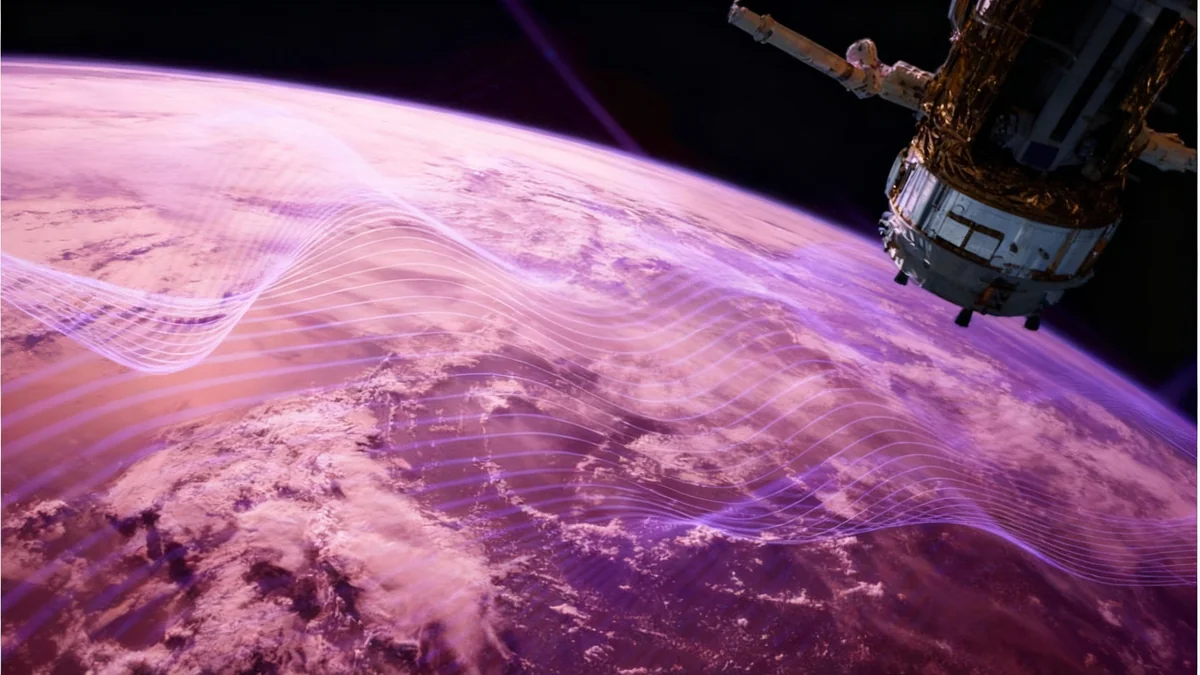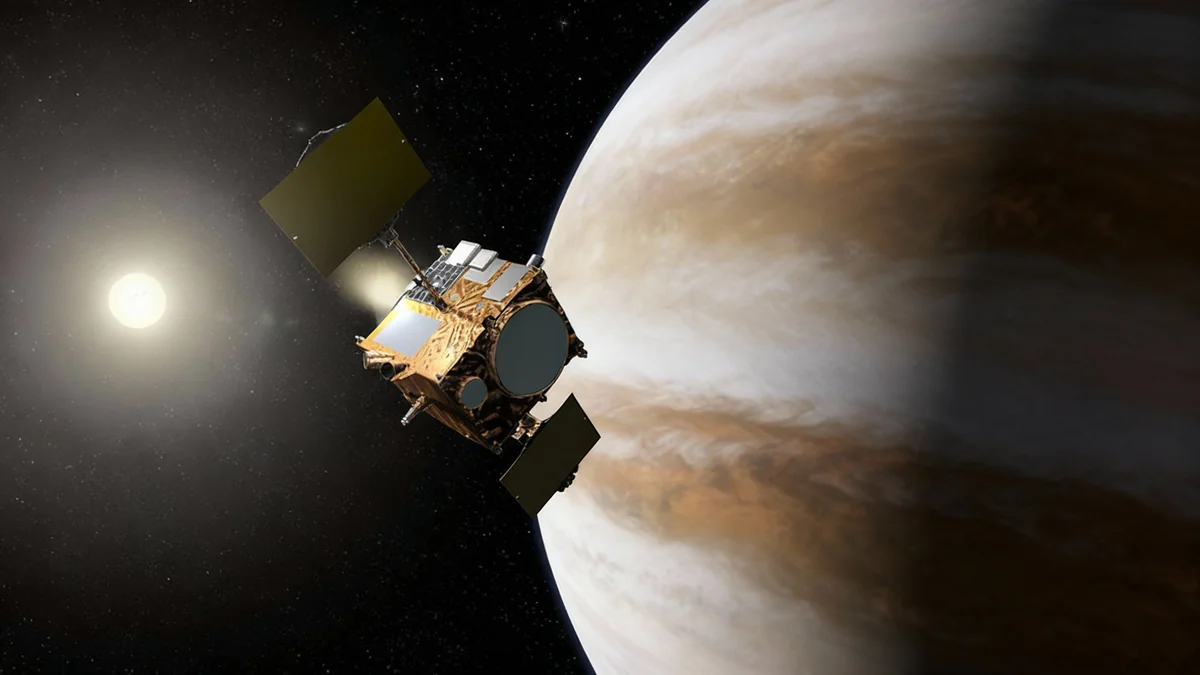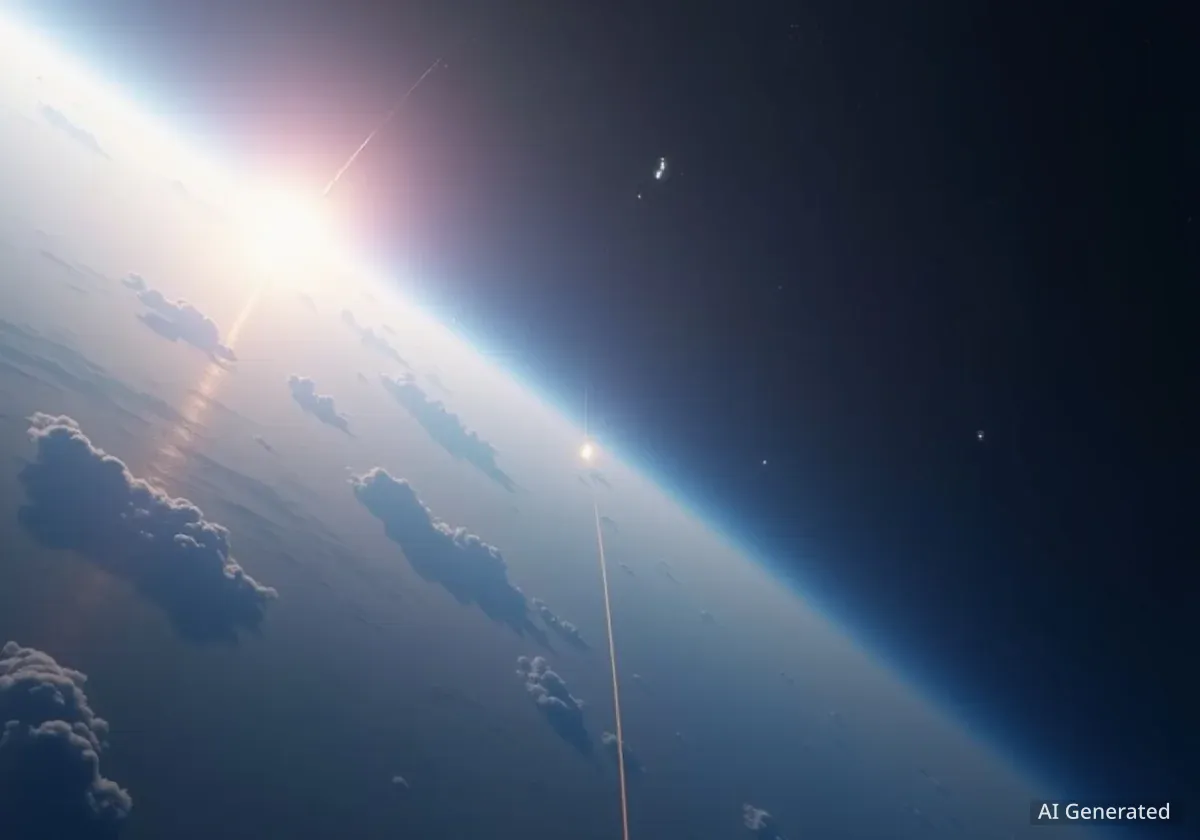Increased carbon dioxide in the atmosphere, a primary driver of climate change on Earth's surface, is causing an unexpected cooling effect in the upper atmosphere. New research indicates this cooling could strengthen atmospheric phenomena that interfere with crucial radio communications, potentially affecting everything from air travel to maritime navigation.
A study led by scientists at Kyushu University has revealed how higher CO2 concentrations could alter the ionosphere, a layer of Earth's atmosphere extending from about 85 to 600 kilometers above the surface. The findings suggest a direct link between climate change and the stability of communication systems that rely on radio waves.
Key Takeaways
- Higher atmospheric CO2 levels are cooling the ionosphere, the upper layer of the atmosphere.
- This cooling strengthens a phenomenon called "sporadic-E," which can block or disrupt shortwave radio signals.
- The disruptions could impact air traffic control, maritime communications, and radio broadcasting.
- Researchers predict sporadic-E layers will become stronger, form at lower altitudes, and last longer, especially at night.
An Unexpected Cooling Effect in Space
While carbon dioxide traps heat near the Earth's surface, leading to global warming, it has the opposite effect in the thin, upper reaches of the atmosphere. In the ionosphere, located roughly 100 kilometers above sea level, CO2 radiates heat away, causing the region to cool down.
This cooling process is not a benefit. According to Professor Huixin Liu of Kyushu University, who led the research, this atmospheric cooling has significant consequences. "It decreases the air density in the ionosphere and accelerates wind circulation," she explained. These changes can alter the orbits of satellites and space debris and, importantly, interfere with radio signals passing through the region.
The study, published in Geophysical Research Letters, focuses on a specific type of interference known as "sporadic-E" or "Es."
Understanding Sporadic-E
Sporadic-E layers are dense, unpredictable clouds of metallic ions that form at altitudes between 90 and 120 kilometers. These layers get their name because they appear sporadically and are difficult to forecast.
When these layers form, they can act like a mirror, reflecting or scattering high-frequency (HF) and very-high-frequency (VHF) radio waves. This can disrupt long-distance communications used by a variety of essential services.
Who Relies on Shortwave Radio?
Shortwave radio remains a critical technology for many sectors that require reliable, long-distance communication where satellite or cellular signals are unavailable or unreliable. Key users include:
- Aviation: Air traffic controllers use HF radio to communicate with aircraft over oceans and remote landmasses.
- Maritime Operations: Ships at sea depend on HF and VHF radio for navigation, weather updates, and distress calls.
- Broadcasting: International radio stations use shortwave to transmit programs across continents.
- Emergency Services: Governments and disaster relief organizations use it as a backup communication system.
The research team wanted to understand how a future, CO2-rich atmosphere would influence the formation and behavior of these disruptive layers.
Simulating a High-CO2 Future
To investigate the connection, Professor Liu and her team used a sophisticated whole-atmosphere model. They ran simulations under two different scenarios: one with normal CO2 concentrations of 315 parts per million (ppm) and another with a much higher concentration of 667 ppm.
For context, the average atmospheric CO2 level in 2024 was approximately 422.8 ppm, placing our current climate between the two scenarios modeled in the study.
The simulations analyzed changes in a key process called vertical ion convergence (VIC), which is the primary driver behind the formation of sporadic-E layers.
"Our results revealed that, at high CO₂ levels, Es tend to become stronger, occur at lower altitudes, and persist longer at night," stated Professor Liu.
The model showed that under high-CO2 conditions, the sporadic-E hotspots shifted downward by about 5 kilometers. The changes were attributed to the lower atmospheric density and altered wind patterns caused by the ionospheric cooling.
Implications for a Connected World
This research is the first to directly model how increasing CO2 levels can affect the occurrence of sporadic-E, highlighting a new and complex consequence of climate change that extends far beyond the planet's surface.
"They show how global climate-driven changes can impact small-scale plasma phenomena in space," Liu explained. This connection between ground-level climate change and upper-atmosphere physics has significant real-world implications.
The telecommunications industry may need to prepare for a future where radio interference becomes more common and intense. Engineers and operators might have to develop new strategies or technologies to overcome these atmospheric hurdles.
Professor Liu emphasized the need for forward-thinking. "The telecommunications industry will need to develop a long-term vision that accounts for the impacts of global warming and climate change on its future operations," she advised. The study serves as a reminder that the effects of our changing climate are not confined to Earth's surface but reach well into the final frontier.





